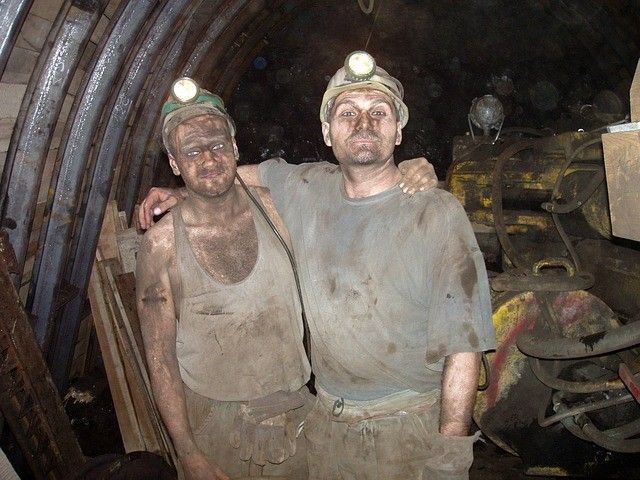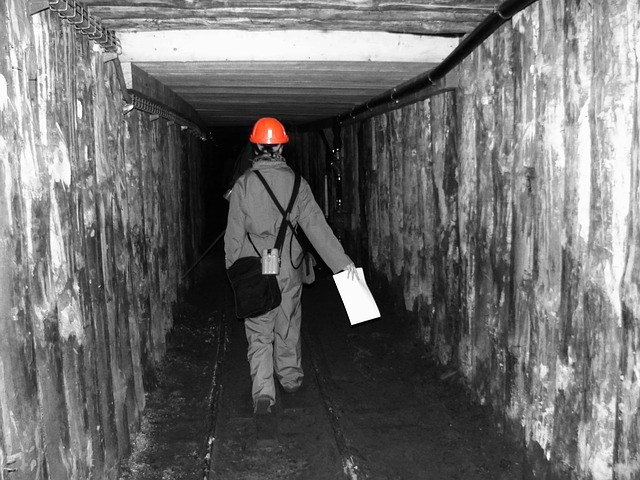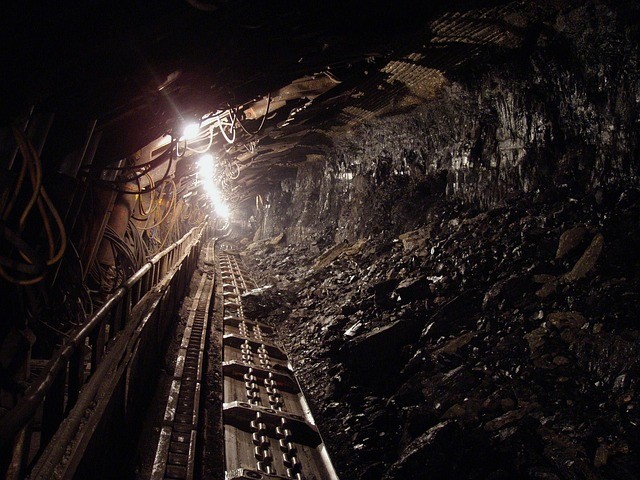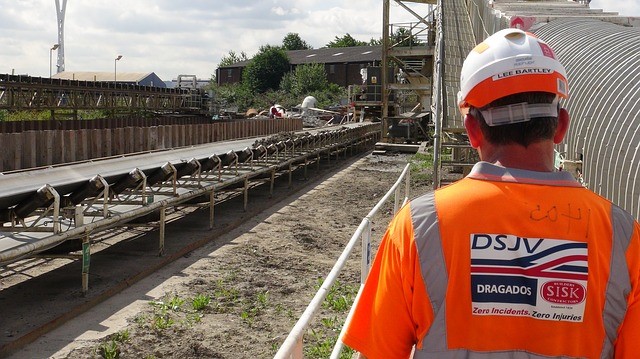
Let's take a look at some of the major changes in the mining industry over the past 30 years.
The days of operating heavy machinery while hungover and asking an apprentice for “a left-handed spanner” are, fortunately, long gone. But the stories still exist in the memories of those who worked in Australia’s mining industry in years gone by.
Here are a few reflections from our experienced team on how the mining industry has changed over the past 30 years.
Women are made to feel much more welcome
Gail Rogers, MPi Senior Consultant for Candidate Services and HR Consulting, remembers how different things were in the late 1980s and 90s for women on site. In those days, she said, women were not working underground but they did have a different sort of presence in the industry — crib rooms invariably had “girlie calendars” in them and “skimpies” were common at the big mining expos.
“A site with women working in operational roles was really viewed as something quite different,” Gail said.
Those women who did find work in operational roles were forced to wear men’s clothing, “because no company thought it necessary to make work clothes in women’s sizes”. Quite often they weren’t even provided with camp accommodation.

“It was quite the discussion point in Leonora when the Harbour Lights camp changed one of their accommodation ‘wings’ to a female block,” she said. “The Single Men’s Quarters had to become the Single Person Quarters.”
Thirty years on, mining companies openly talk about diversity policies and many — including big names like BHP and Fortescue (FMG) — have set targets. FMG recently opened a childcare facility in Perth to assist their employees in returning to work — which shows how far we’ve come.
Plenty of technological changes, too
Just as the fanciest thing at home in the early 80s was probably a VCR with a remote control and now we all have smartphones and YouTube, mining technology has also made tremendous advances in the past three decades.
Mining People Principal Consultant, Tony Turton, said the first big “game changer” was the invention of electric hydraulic drilling rigs, which replaced pneumatic rigs in both underground and open pit mining environments.
“Subsequently we have seen a trend towards bigger and more productive equipment in open pit mining and typically smaller and more mobile equipment underground,” he said.

“And now, in both open pits and underground, the most recent shift has been towards automating many aspects of the mining cycle to remove the need for workers to be exposed to the working face and the myriad of safety hazards that are inherent in that.”
One example of that is the advent of driverless trucks, which are used in open pit mines but can be operated from a console more than 2000 kilometres away.
The same is true on the mineral processing front, where there is much more automation, controls and safety. While processing plants were originally operated in situ, now control room operators can monitor a lot of this equipment remotely.
Safety first is the 21st Century mining mantra
It really should have always been this way but, in mining’s long history, safety is a relatively new focus. It’s to the industry’s credit that safety consciousness now informs everything the industry does.
Gail said in the old days the safety officer was generally “the person who was on a return-to-work program after a worker’s compensation claim”. In other words, it wasn’t a priority or a specialist task.
“To give an idea of ‘safety’ we had an F250 on site as one of the work utes and the maintenance guys would ride in the back of the tray on their way back from lunch,” she said.
Things have really changed.
“Safety is now embedded in mining culture and the personnel in safety departments are tertiary trained,” she said.
 \
\
Getting the culture right on camp (and in the office)
Perhaps it’s because mining was always a very masculine environment, perhaps it is because those were less enlightened times, but often the culture on a mine site was not great.
“HR”, Gail said, was “a non-existent term”.
“It was expected that graduates would be sent to the workshop or store for ‘a long wait’ or ‘a left-handed screwdriver’ as a joke and there were definitely instances where this sort of ‘razzing’ got out of hand”.
Thankfully these days Gail says discrimination, bullying, sexism and harassment are “almost non-existent”. “There has been a concerted effort by government, mining companies, management and individuals to eliminate it. Unfortunately, you do still hear the occasional story where this occurs. But 30 years ago, in the industry, it was something that occurred frequently.”
Then there’s the approach to drugs and alcohol.
“People — supervisors included — could stay out drinking until 4am if they wanted and then turn up to work and not only operate machinery but make jokes about it.”
Now random drug and alcohol tests are carried out routinely with a positive reading resulting in immediate dismissal.
The switch to FIFO and the effect on communities
Most of the changes over the past three decades have been really positive. Tony mentions advances in technology, like using drones for exploration or the sophisticated software that is capable of analysing large databases of geological information, which are now used extensively by industry.
But there have also been changes that are mixed blessings: The switch to fly-in fly-out operations, for instance.
“It used to be that few sites offered FIFO,” Gail said. “Even Telfer was a community where workers and their families actually lived together.”
That created a real community.

“As an example, when I lived in Leonora from 1984 to 1986 there was a North Eastern Goldfields Football competition and, from memory, there were teams from all the surrounding mining centres: Leinster, Leonora, and Laverton.”
Those days are gone, too, and sadly the lack of population means that in these remote towns the shops have closed their doors, government services aren’t being offered, and schools didn’t have enough resources and closed.
On the bright side, FIFO operations have made it possible for the industry to attract more dedicated and talented employees keen to work in their state-of-the-art mining operations.